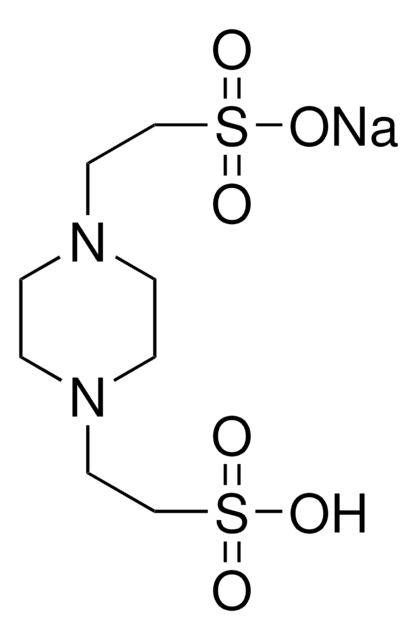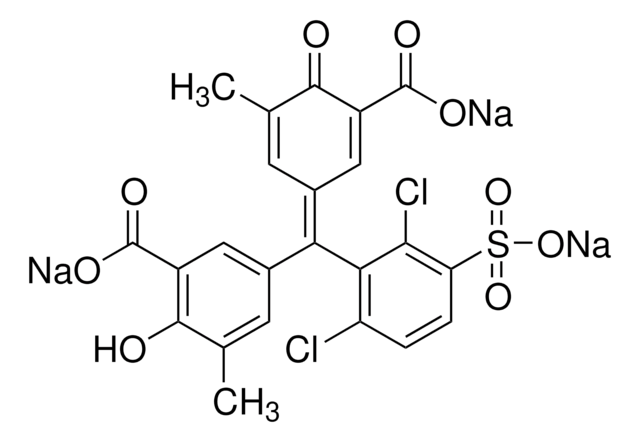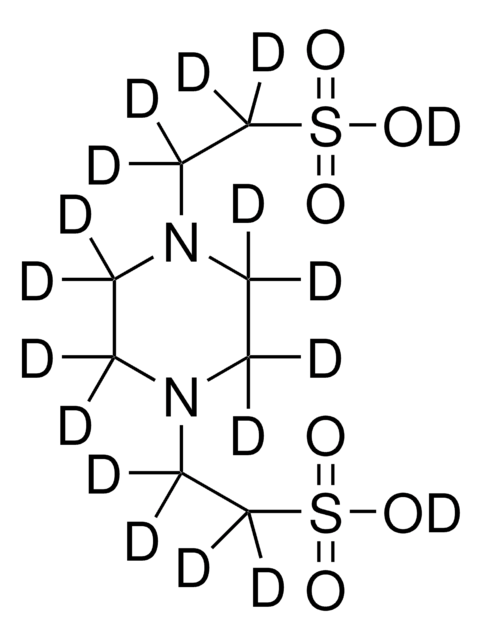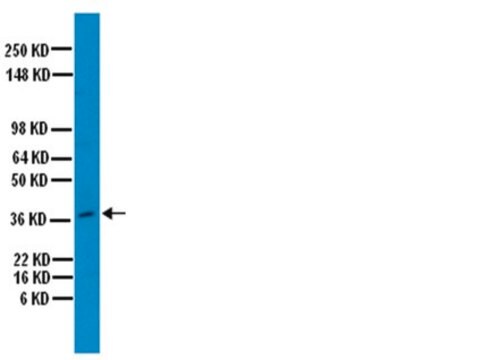Kluczowe dokumenty
P6757
PIPES
≥99% (titration)
Synonim(y):
1,4-Piperazinediethanesulfonic acid, Piperazine-1,4-bis(2-ethanesulfonic acid), Piperazine-N,N′-bis(2-ethanesulfonic acid)
About This Item
Polecane produkty
Próba
≥99% (titration)
Formularz
crystalline powder
przydatny zakres pH
6.1-7.5
pKa (25°C)
6.8
mp
>300 °C (lit.)
rozpuszczalność
1 M NaOH: 20 + 80 mL g, clear, colorless
Zastosowanie
diagnostic assay manufacturing
ciąg SMILES
OS(=O)(=O)CCN1CCN(CC1)CCS(O)(=O)=O
InChI
1S/C8H18N2O6S2/c11-17(12,13)7-5-9-1-2-10(4-3-9)6-8-18(14,15)16/h1-8H2,(H,11,12,13)(H,14,15,16)
Klucz InChI
IHPYMWDTONKSCO-UHFFFAOYSA-N
Szukasz podobnych produktów? Odwiedź Przewodnik dotyczący porównywania produktów
Opis ogólny
Zastosowanie
Alkaline phosphatase activity is lost selectively from certain rat hepatocyte organelles when fixed for ultracytochemistry with cacodylate-buffered glutaraldehyde. When PIPES was used as buffer, retention of activity was 60% greater.
Fixation of fungal zoospores for fluorescence microscopy and electron microscopy was optimal with a combination of glutaraldehyde and formaldehyde in PIPES buffer.
Powiązanie
Uwaga dotycząca przygotowania
Kod klasy składowania
11 - Combustible Solids
Klasa zagrożenia wodnego (WGK)
WGK 3
Temperatura zapłonu (°F)
Not applicable
Temperatura zapłonu (°C)
Not applicable
Środki ochrony indywidualnej
Eyeshields, Gloves, type N95 (US)
Wybierz jedną z najnowszych wersji:
Masz już ten produkt?
Dokumenty związane z niedawno zakupionymi produktami zostały zamieszczone w Bibliotece dokumentów.
Klienci oglądali również te produkty
Nasz zespół naukowców ma doświadczenie we wszystkich obszarach badań, w tym w naukach przyrodniczych, materiałoznawstwie, syntezie chemicznej, chromatografii, analityce i wielu innych dziedzinach.
Skontaktuj się z zespołem ds. pomocy technicznej








